Is spending time around natural bodies of water your passion?
Whether you love kayaking with dolphins or prefer tossing a fishing line out at your local lake, it feels good to be surrounded by a pristine aquatic environment.
Paying attention to concerns about water quality is just part of being a responsible kayaker.
Fortunately, you can feel pretty good about your favorite way to spend a day paddling down the river.
Kayaking is one of the most environmentally friendly ways to spend time outdoors.
Kayaks rely upon human power, which means you don’t have to worry about fuel and exhaust chemicals destroying natural habitats or a community’s drinking water.
While you can feel great about your choice of watercraft, you do need to know that your actions make a difference in the impact that your sport has on the environment.
- Why Are Kayaks Safer for Water Quality Than Other Types of Watercraft?
- How Can I Further Reduce the Impact of Kayaking on Water Quality?
- Conclusion
- You Might Also Like…
Disclosure: this post contains affiliate links (clearly marked with ), which means we may earn a commission if you buy something through them, at no additional cost to you.
Why Are Kayaks Safer for Water Quality Than Other Types of Watercraft?
Gas-powered boats use oil and fuel that can be toxic to aquatic plants and animals. The majority of these vessels also use paint, varnish and degreasing agents that can leech into the water.
Many motorboats are designed for speed. Going through the water at a high rate of speed is disruptive to wildlife. It can also stir up sediment and send contaminants further into the water system.
Personal watercraft, or jet skis, can have a negative impact on water quality when they are used frequently in the same areas.
Currently, scientists believe that around 20 to 25% of the fuel that is used in two-stroke watercraft fails to combust. This leftover fuel is then released into the water in the form of vapor emissions.
Kayaks can help to eliminate this issue since they release very few to zero chemicals as you paddle.
You can also only go as fast as you paddle. This stirs up less sediment and reduces the chances of you damaging plants that contribute to keeping the water clean.
How Can I Further Reduce the Impact of Kayaking on Water Quality?
Your decision to use a kayak already gives you an edge on being an eco-friendly boater.
Yet, there are still things that you can do to protect the environment during your adventures.
As a kayaker, your risk of damaging a fragile aquatic eco-system comes down to how well you make personal decisions that protect the water and surrounding landscape.
1. Repair or Replace Broken Kayaks
The majority of kayaks are made from sturdy materials that are designed to withstand tough conditions on the water.
Today, you can find kayaks that are made from wood, polyethylene and fiberglass. You can even find inflatable kayaks that are an inexpensive and portable option for people who love the outdoors.
Thermoforming is one of the newer processes that is being used to make kayaks. The thermoplastics that are used in this process are lightweight and durable, which many experienced kayakers prefer.
While kayaks made from thermoplastics are repairable, they do contain acrylic and other materials that break down over time.
This raises the risk of potentially contaminating the water with plastics once the kayak reaches the end of its lifespan.
Fortunately, thermoplastics are recyclable. Although no one likes to retire a favorite kayak, doing it responsibly feels better.
Kayaks that are made from other materials can also wear down over time. Inspect yours regularly to make sure that there aren’t areas that could break off and fall into the water.
2. Plan to Avoid Sensitive Areas
Your environmental footprint begins forming before you ever take your kayak out of storage.
Proper planning helps you to avoid accidentally damaging fragile ecosystems that affect the water quality in the area.
Always make sure that kayaking is allowed in the area that you are planning to visit.
Make sure that the source you use to check is up-to-date since breeding seasons and other changing conditions can cause certain areas to only be open during certain times.
As you do your research, check to find out if there are any fragile plant life or protected animal species within the area.
This can help you to avoid things such as going to close to the shoreline where animals might be nesting. Many helpful plants also grow in shallower parts of the water.
Avoiding these areas prevents you from destroying wildlife and plants that maintain the delicate balance that is needed for water purity.
3. Check and Clean Your Kayak Between Trips
Responsible boating also means being aware of the potential for inadvertently contaminating a body of water.
During any kayaking trip, you can expect to pick up water and various organisms in your boat that are easy to transfer to a new location.
Aquatic invasive species are any animals, insects and plants that are introduced to an area where they can begin to do damage.
Curly pondweed is an example of an invasive plant species that can impact water quality. This plant grows in a dense mat that can choke out native plants that help to keep algae blooms down.
The best way to avoid transferring invasive species to a new area is to carefully inspect your kayak after every trip for potential hitchhikers.
Keep in mind that you might not always be able to see an invasive insect or animal. This makes thoroughly cleaning your kayak even more important.
You’ll frequently see reminders about keeping your kayak clean, drained and dry at many public outdoor areas.
Some places that you might visit even perform inspections to make sure that boaters do their part to protect the water.
For instance, the New Zealand mudsnail is one invasive species that is only a few millimeters long and easy to miss. Rinsing the kayak down between trips helps to remove contaminated water.
4. Be Careful With Launching and Landing
Water quality is also impacted by the care that you take of the shoreline. Choose sturdy areas of land for your launch spot so that you avoid knocking unnecessary amounts of sediment into the water.
Using caution as you launch and land your kayak also helps you to protect the plant life along the edge of the water.
Practice using the lift and carry method for getting your kayak into and out of the water.
Being careful not to drag the boat helps to keep the area in its natural state – using a kayak cart helps enormously with that.
5. Avoid Introducing Chemicals Into the Water
Keeping your kayak clean and in good repair helps to preserve aquatic environments, but you also want to avoid going overboard.
Kayak cleaning and maintenance doesn’t require you to use a lot of products. If you kayak frequently, then you can typically get away with spraying it down with plain freshwater between trips.
If you kayak in extremely dirty conditions or are preparing your boat for storage, then use a mild soap to get off all of the grime.
You can find cleaning soap for kayaks that is safe for the water. Some kayakers use mild dish soap.
Avoiding harsh chemical cleansers protects the water on your next trip, and it prevents damage to your kayak.
Chemicals can also be introduced into the water as you paddle or swim.
First, remember to avoid swimming in any off-limits areas. You’ll usually see warning signs letting you know if swimming is prohibited.
Second, be aware that what you put on your body or clothing can be transferred to the water. You may need to use products such as bug spray or sunscreen.
However, you might want to opt out of putting on cologne or using excessive amounts of hair products and makeup when you know you’ll have contact with the water.
Using natural, ocean-friendly sunscreen is a great alternative to conventional, chemical sunscreen.
It might seem small, but chemicals from your personal grooming products can add up in areas where many people swim and enjoy watersports.
6. Use Responsible Fishing Practices
Fishing from a kayak just adds to the fun, and your boat can help you reach places where fish tend to congregate that a bigger watercraft might not be able to get to easily.
For the most part, fishing doesn’t affect water quality too much as long as you follow the guidelines for the area.
Filter feeding fish can help to keep the water clean by removing small particles that can build up and contribute to bacterial and algal growth.
Overfishing in certain areas can remove important fish and lead to more pollution in the water.
Only catch and keep the amount and type of fish that is allowed in the area to avoid removing critical wildlife from their habitat.
You may also want to choose bait and fishing tackle that are less likely to release toxins into the environment.
Lead weights have been known to get lost in the water and break down over time. Aquatic animals and birds have experienced negative effects from eating lead sinkers.
The U.S. Fish and Wildlife Services has issued regulations regarding lead fishing tackle in certain areas. Some states and local organizations have also taken action against this problem.
Choosing lures made from non-lead materials is the best way to stay in compliance with the law and avoid contaminating the water.
7. Dispose of Waste Properly
The “leave no trace” philosophy works in the aquatic environments just as well as it does in the wilderness.
If you plan to enjoy a snack or meal while you kayak, then make sure to carry an appropriate waste receptacle that you can use to carry your trash home or to the designated collection site.
This prevents food wrappers and other materials from blowing into the water where they would contaminate the area.
You can also keep an eye out for other people’s trash. Picking up anything you find makes your efforts at environmental conservation more successful.
Conclusion
Kayaking on a beautiful body of water is one of the most relaxing experiences that you can enjoy. Worrying about the impact that your adventure has on the water quality is a sign that you are a good kayaker.
The truth is that you will have some type of effect on the environment anytime you launch your boat, but you can minimize your footprint.
Just pay attention to the local regulations and vow to leave no trace of your visit. With the right mindset and precautions, you can even leave the area better than it was before.
You Might Also Like…
-

Kayaking Vs. Rowing: What’s the Difference? (8 Key Differences)
-
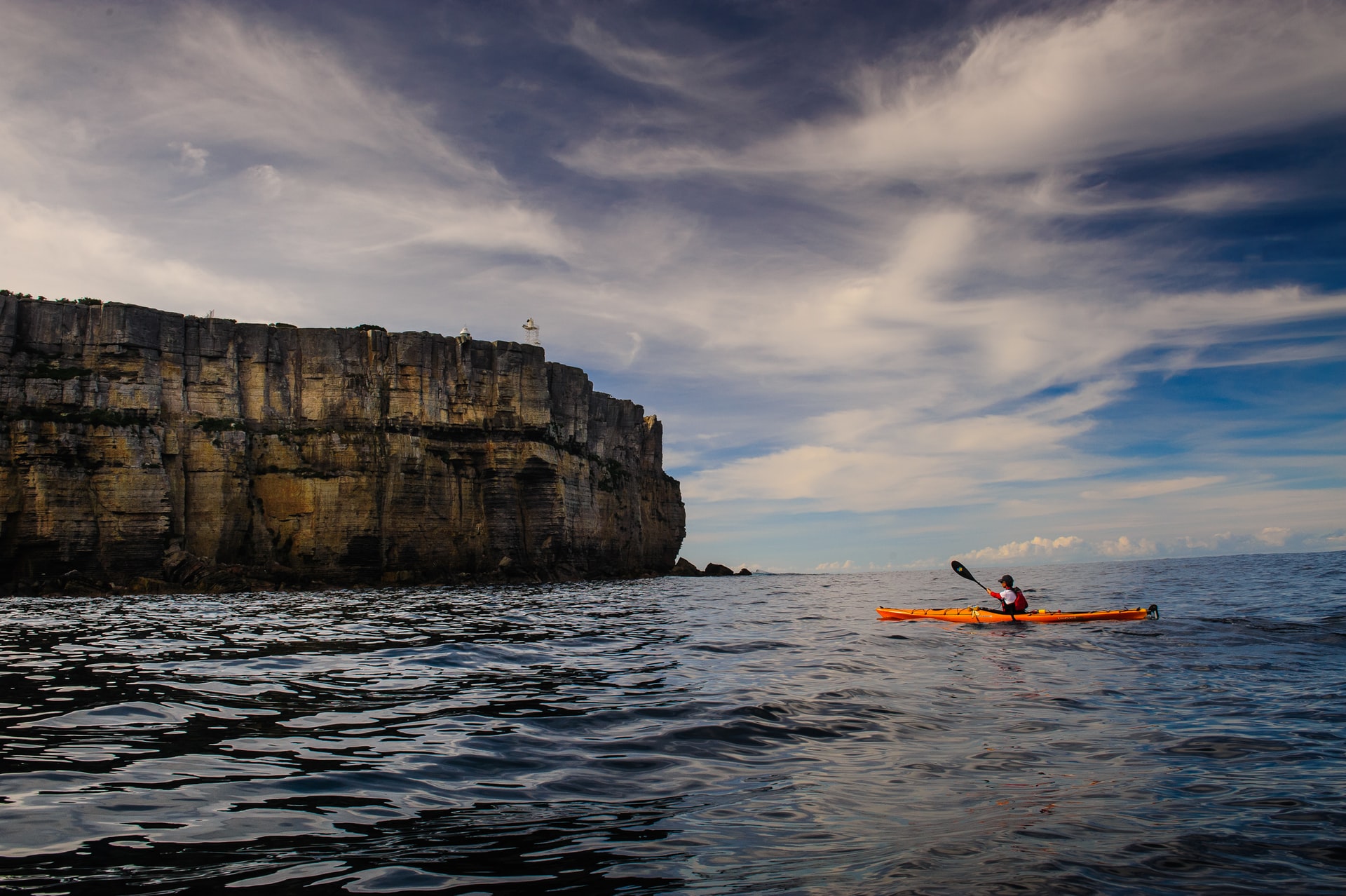
When Is It Too Windy for Kayaking? (Crucial Facts You Should Know)
-
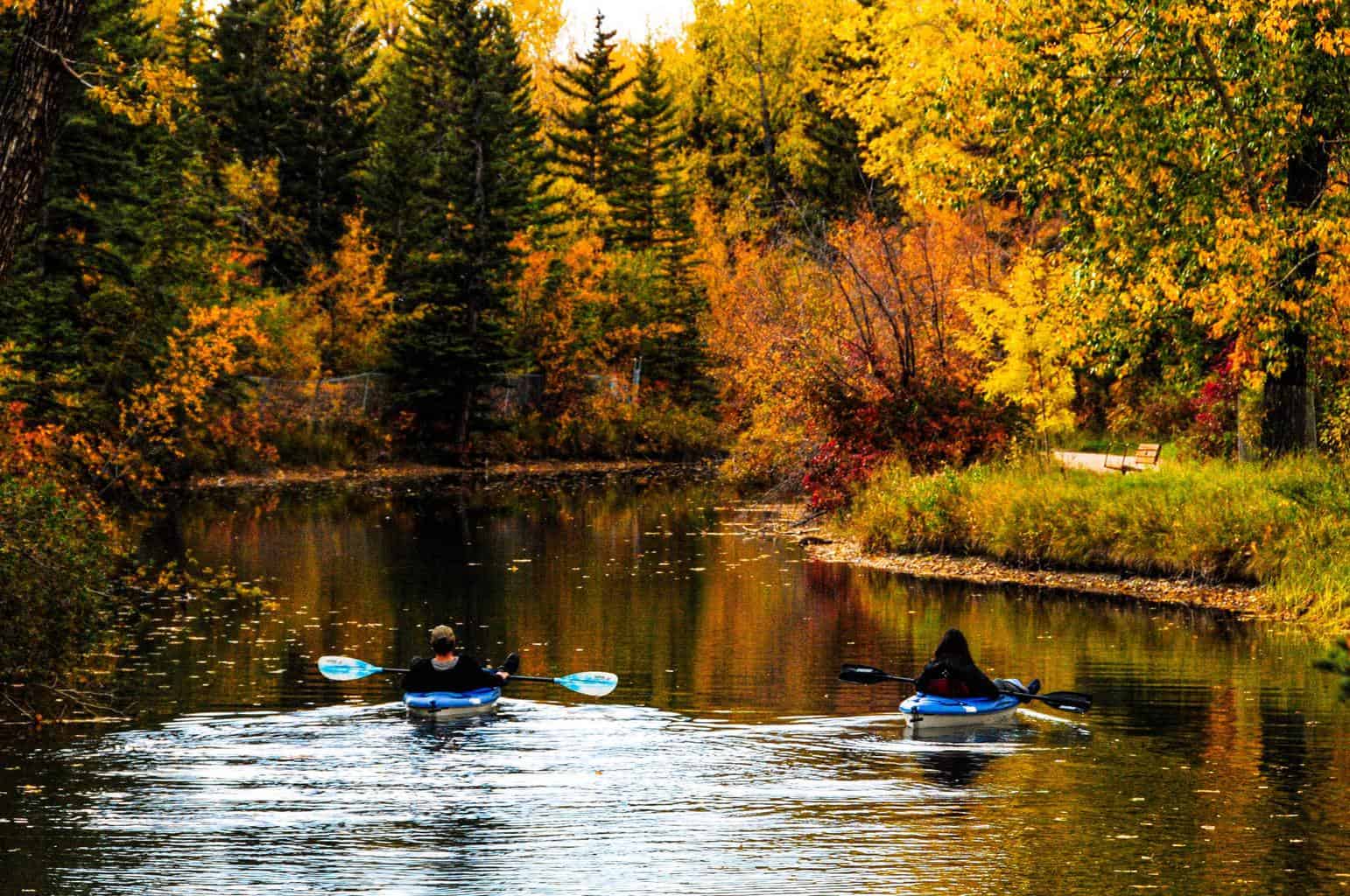
When to Go Kayaking? (What Every Kayaker Should Know)
-

Will I Get Wet Kayaking? (Common Reasons & How to Stay Dry)
-
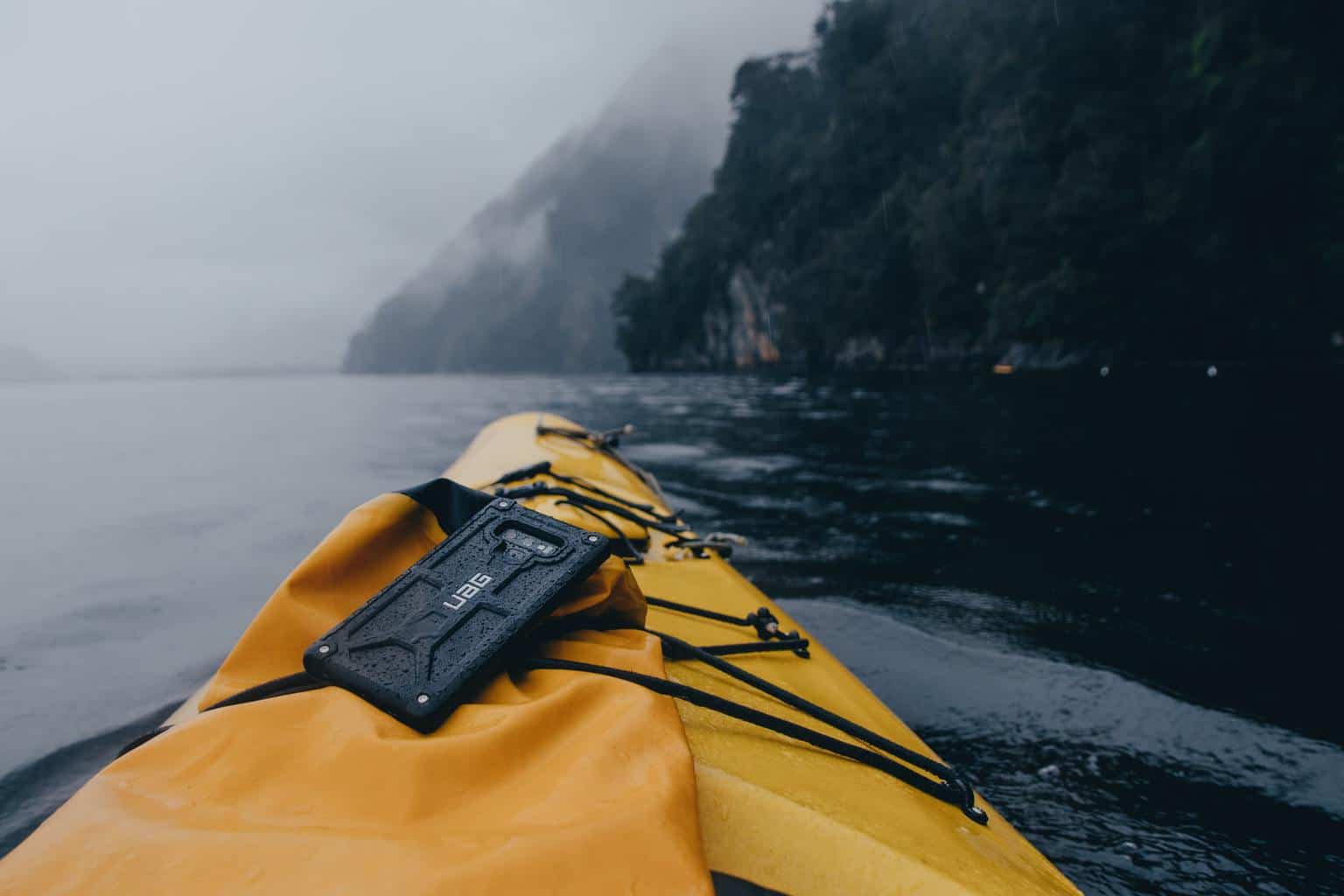
Should I Bring My Phone Kayaking? (7 Good Reasons)
-

What Shoes to Wear Kayaking? (+ the Best Shoes for Your Needs)
-
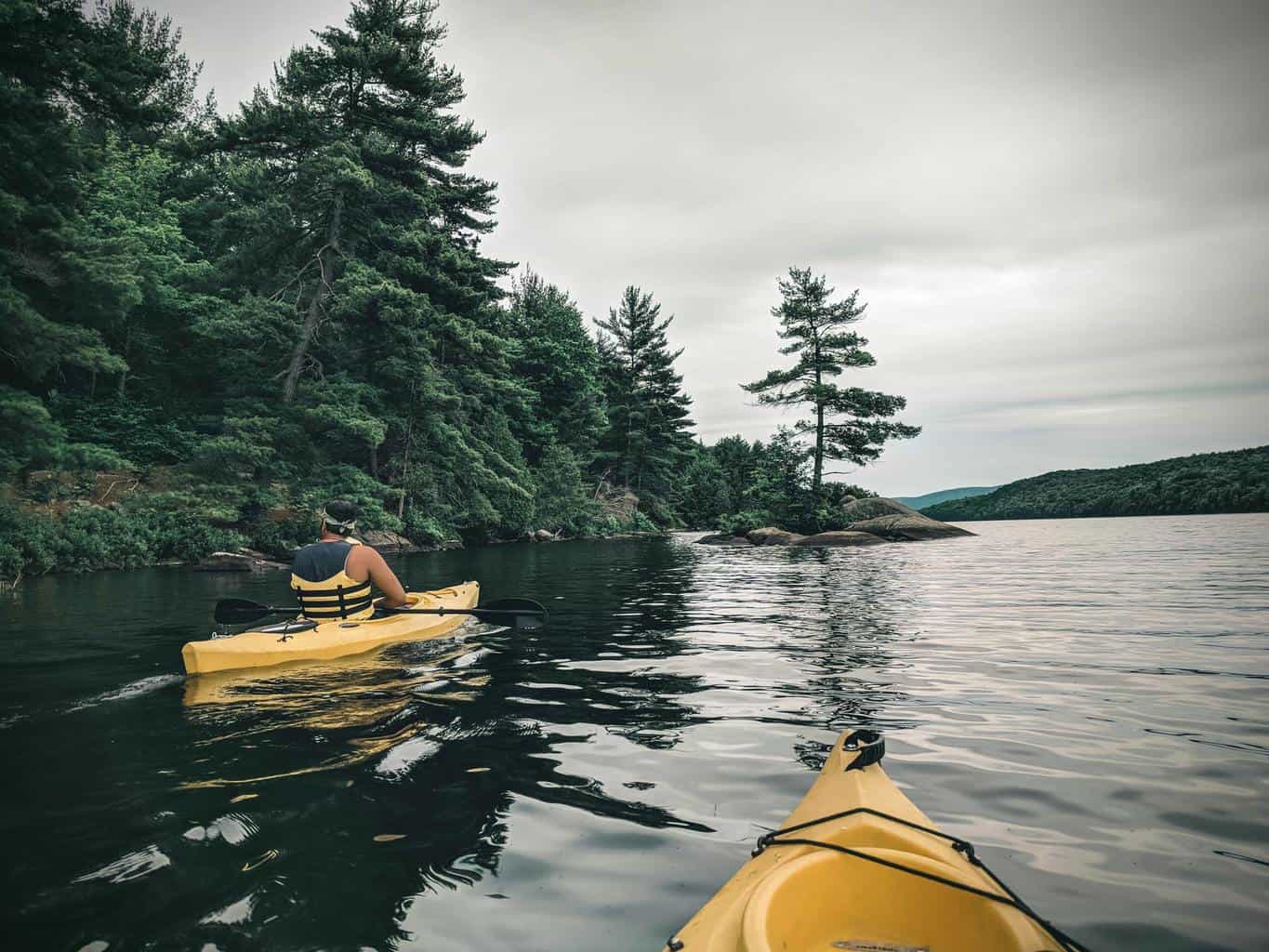
Can Kayaking Cause Chest Pain? (What Every Kayaker Should Know)
-
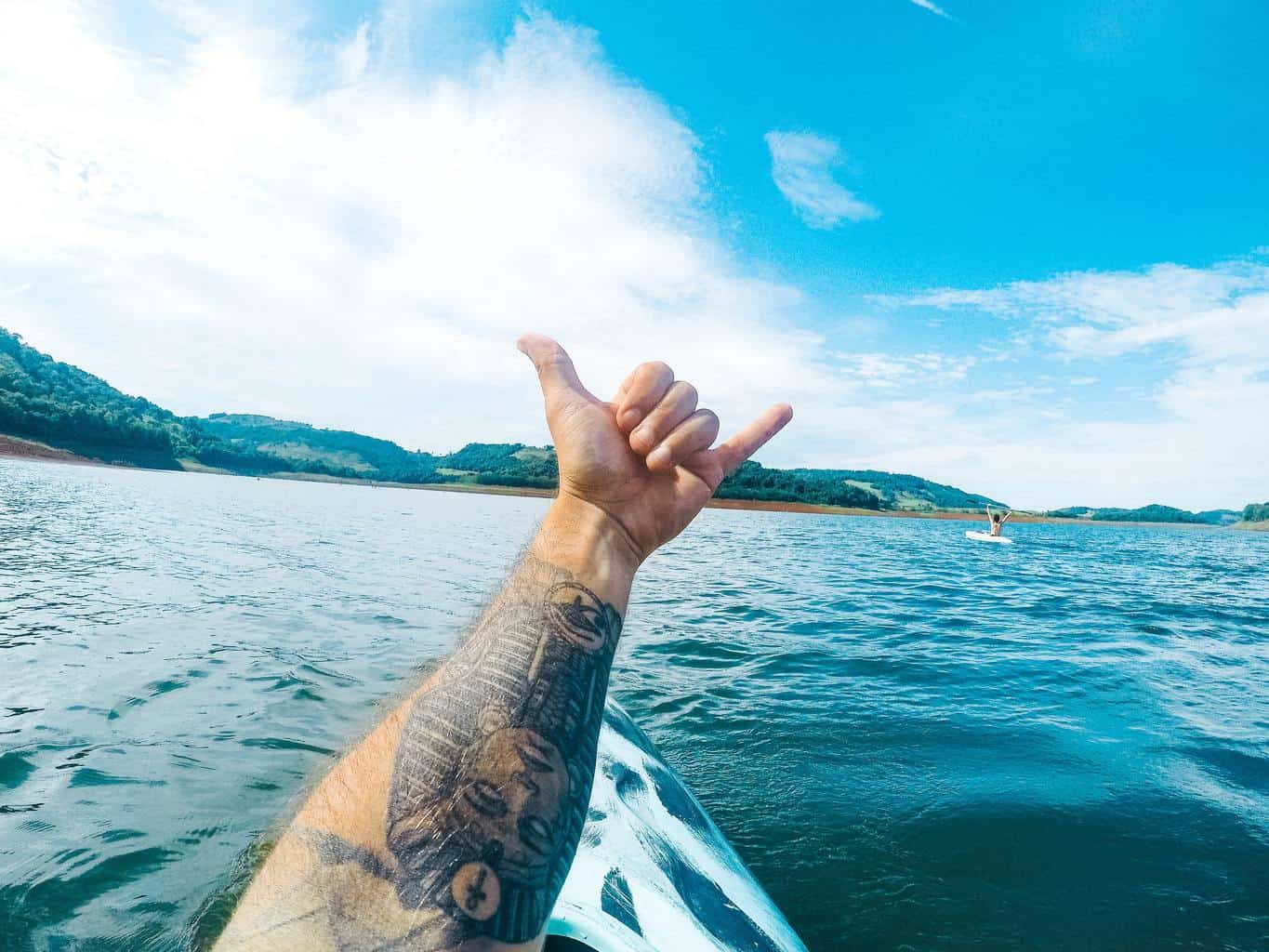
Can I Go Kayaking With a New Tattoo? (Facts You Should Know)
-

Can You Go Kayaking On Your Period? (+Practical Tips)
-
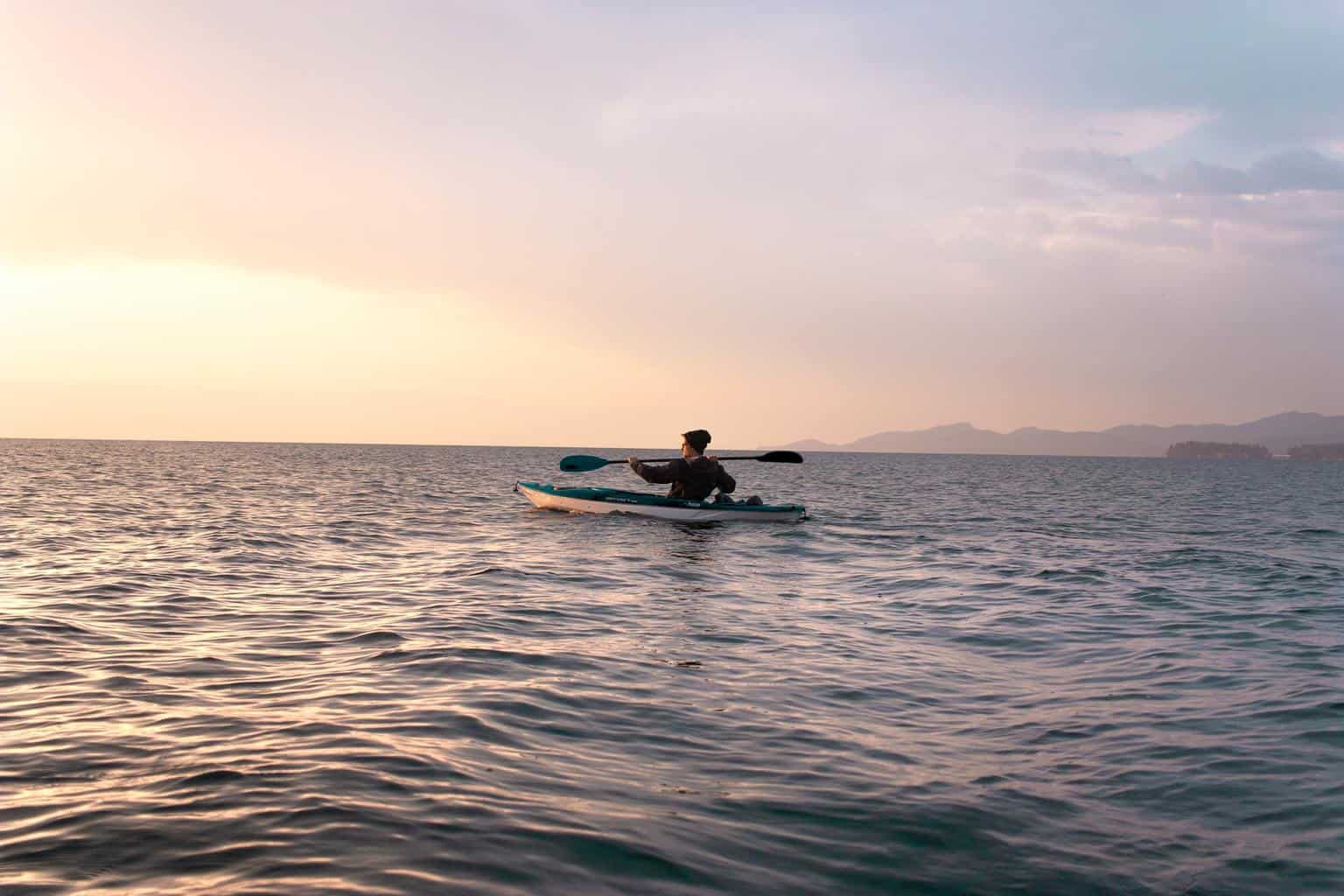
Can Kayaking Cause Hemorrhoids? (What Every Kayaker Should Know)
-
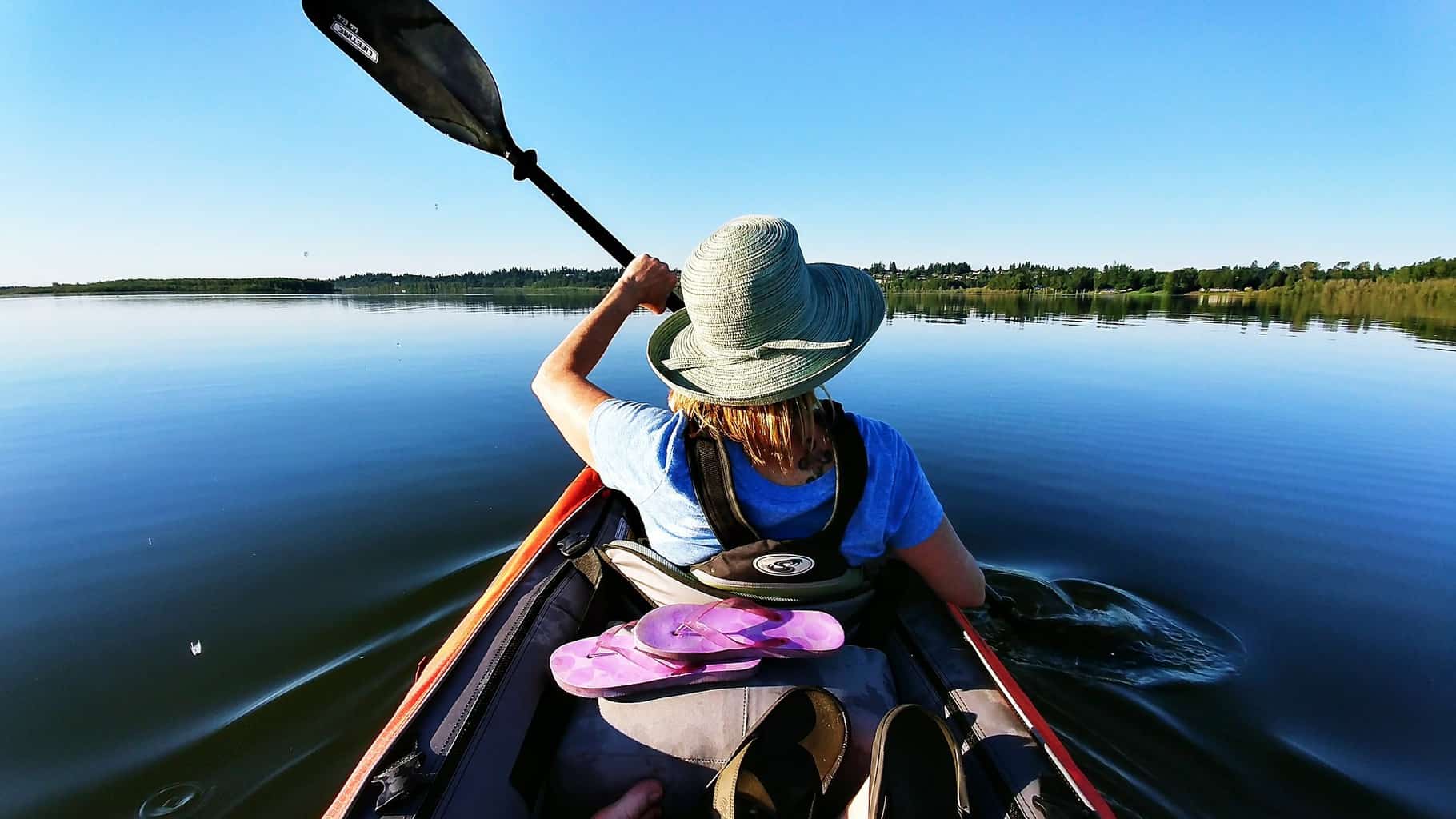
Can Kayaking Cause Tennis Elbow? (+8 Simple Tips to Avoid It)
-

Can Kayaking Cause Sciatica? (+7 Tips to Avoid It)












